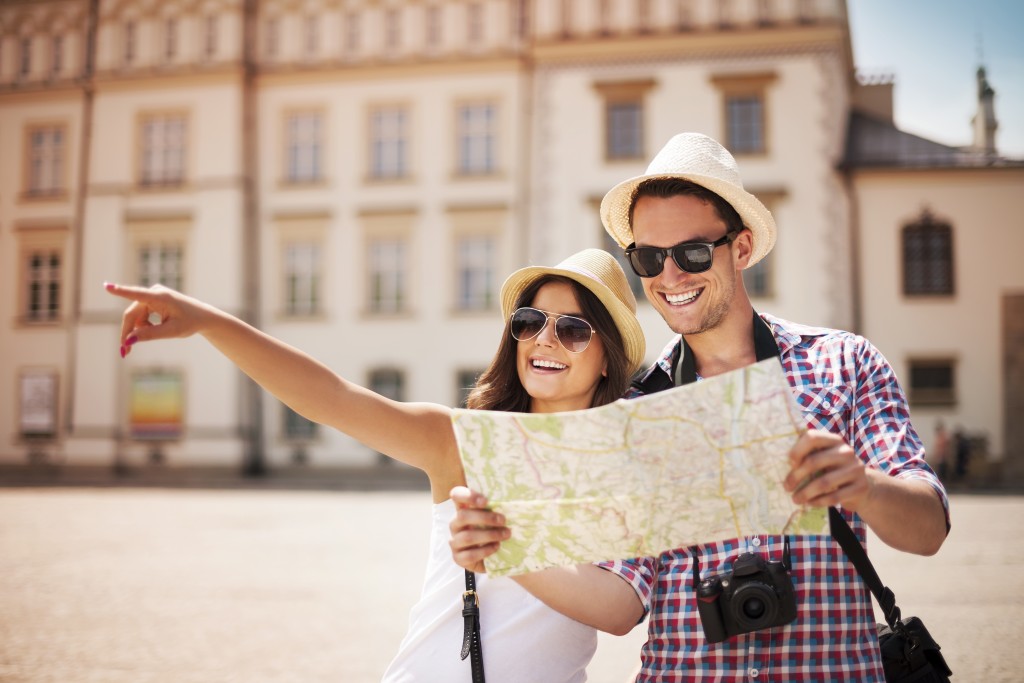Dark tourism means taking people to places associated with death, tragedy, suffering, and destruction. These destinations could be war zones, nuclear blast sites, tombs, museums, genocide prisons, and abandoned death camps. These places are usually associated with the macabre and the taboo. In many cultures, it is taboo to talk about visiting these places. Some people think it’s wrong and disrespectful of a tourist to visit bizarre and eerie places.
Studies showed that it is men who are more likely to visit a dark tourist site. Of the respondents of one survey, more than 54% are men. This seems to be the kind of adventure that they’d like to take with them to old age when they need home care service already.
But here’s the thing, dark tourism is on the up. It’s not only men who like visiting places like Chernobyl, Alcatraz, Auschwitz-Birkenau, Hiroshima, and the Ruins of Pompeii. Recent shows on Netflix and other streaming services highlighted the interesting histories behind some of the darkest places in the world.
National 9/11 Memorial and Museum
At the heart of Manhattan’s financial district stood the 9/11 museum. It used to be the site of the twin towers of the World Trade Center, which was bombed on September 11, 2001. Some 2,977 people died in 2001 and six people when it was first bombed in February 1993. The site guards two reflecting pools where once the twin towers stood. You can find the names of every person who died in that site etched on the bronze panels that surround the pools.
Memorial and Museum Auschwitz-Birkenau
Auschwitz remains to be the symbol of terror around the world. It is the site of the largest German Nazi concentration and extermination camp. Around 1.1 million people, including women and children, died on the site. The museum said the memorial is a reminder of the deepest evils that people can do to each other. It also said that to understand postwar Europe, one only has to look at the remains of Auschwitz.
Alcatraz Federal Penitentiary
The Alcatraz Federal Penitentiary is the most popular tourist site in San Francisco, California. It is a symbol of cruelty and torture. Alcatraz sits on an island in San Francisco Bay. They said that part of the torture for prisoners is to see people on the other side go about their usual lives, knowing that they cannot experience the same thing. Some of Alcatraz’s most notorious prisoners were Al Capone and Machine Gun Kelly.
Chernobyl
In 1986, the nuclear power plant in Chernobyl exploded, causing the immediate death of some 30 people. The United Nations said that 50 people died as a direct result of what happened in Chernobyl, although it predicted in 2005 that the radiation exposure will cause some 4,000 deaths in the future. Before the tragedy, there was life in Chernobyl. It was an administrative center with some 14,000 residents. It is generally safe to visit Chernobyl. However, site officials will screen visitors before and after for radioactive particles.
Hiroshima Peace Memorial
Americans dropped a nuclear bomb in Hiroshima on August 6, 1945. Not only did it signal the beginning of World War II, but it also caused an unimaginable loss of life. Almost 200,000 people died either immediately after the attack or the following years because of radiation exposure. Today, the museum stands as a reminder to world readers to never again use nuclear weapons against mankind. Every year, world leaders receive letters that call for complete disarmament.
Ruins of Pompeii
Pompeii was an ancient city in Italy that the volcano Vesuvius wiped out when it erupted in 79 AD. The lava covered and hid the city for centuries until archaeologists discovered it. The lava fossilized the bodies and the city as it was all those years ago. Imagine taking selfies in a place left exactly as it looked like 2,000 years ago.
Killing Fields
The Killing Fields in Cambodia refer to some 300 different places. The dictator Pol Pot ordered the killing of more than 100,000 people in these fields. When visitors arrive at these sites, they can see some 5,000 preserved skulls of the casualties of the killings. It is impossible to appreciate where Cambodia is right now without understanding its horrible past.
Dark tourism isn’t just a macabre idea. It’s also a way for people to understand the history of a place better. It allows tourists to delve deep into the past and appreciate the present for what it is. Many of these places have significant interest and historical value. They are not just associated with deaths and destructions, but they are also witnesses to a time that is forever lost if not for historians, archaeologists, and curators.




